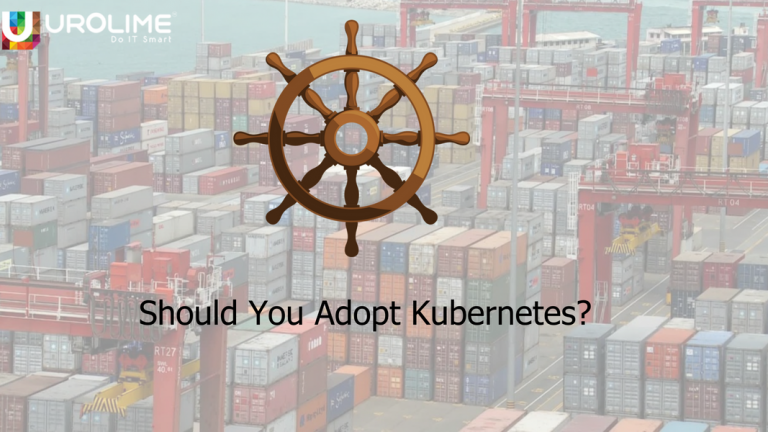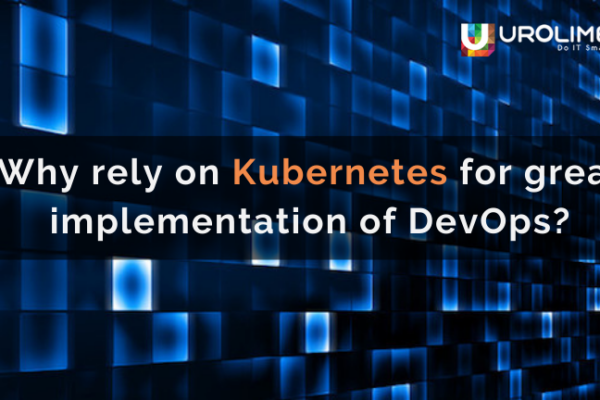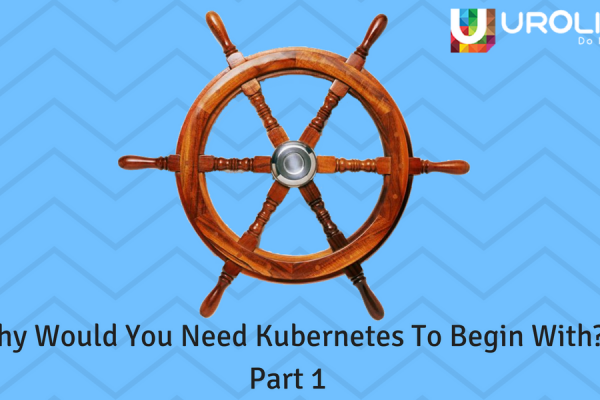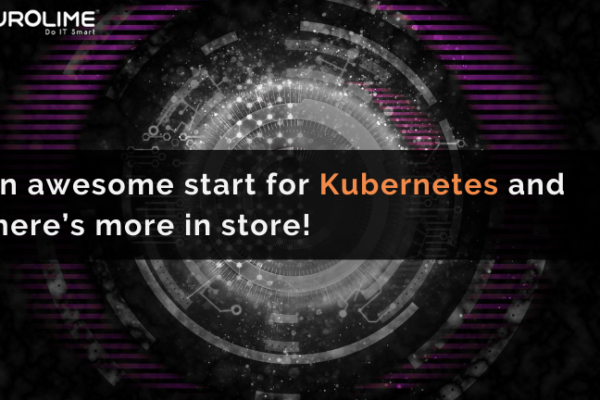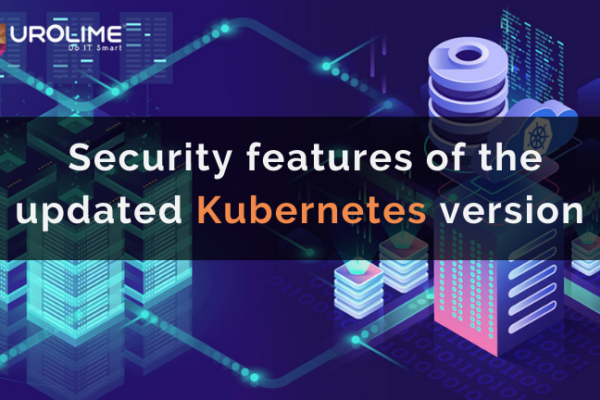Kubernetes is an awesome technology, and I personally have seen great gains in my ability to scale, deploy, and manage my own SaaS because of it. But, not everyone would immediately benefit from adopting it for a number of reasons:
- Lack of familiarity with container technology
- Application architecture not being conducive to utilizing the benefits of Kubernetes
- Increased amount of effort versus time spent
If you are interested in Kubernetes but aren’t sure about investing the time/resources needed, this article is for you.
Can or Do You Want To Use Containerization
First and foremost, your application must be containerized. This means defining the steps needed to take a base OS image and install your application on it in a file (usually a Dockerfile).
Going through this process as well as defining environment variables needed to configure your application (such as the URL, username, and password of the database your app uses) will be critical to making your container image usable by Kubernetes.
Also make note of any dependencies your application needs to function and learn how to use the containerized versions of those.
Knowing how container storage is supposed to work and how to handle things like backing up data, moving that data between containers, and accessing the data from outside the container is very valuable when considering Kubernetes.
Kubernetes makes storage management easier with features such as auto-provisioning. This has the ability to have your storage provider (such as AWS EBS) create new volumes on the fly as new containers are created, automatically mounting them.
Scaling up resources
Kubernetes is basically a cluster of nodes which provide compute resources that can be consumed by container workloads. This clustered architecture allows for a very easy scale-up or scale-down of resources. You just add or a remove nodes from the cluster and Kubernetes will automatically utilize those resources or reassign workloads on your existing resources.
Performing mass updates
Another problem that Kubernetes solves is the ability to update all your containers. Before, I was writing shell scripts which would pick each relevant container and recreate it using a new image tag. The process would take over an hour, and I had no way of validating that the update was successful.
About Us
Urolime is one of the leading DevOps consulting company with considerable experience in supporting customers around the globe in adopting DevOps practices. As an AWS and Cloud consulting partner, Urolime not only has experience in Cloud Migrations but also supported its vast customer base to have scalable and highly available architecture on AWS, Azure and GCP. The customers benefit from its expert involvement in Deployment Automation (CI/CD), Infrastructure Automation, Dockerization, Security and Disaster Recovery Planning & implementation and long-term 24/7 Managed Services with 10 Minutes SLA. Urolime is one of the top companies who deal with a lot of Kubernetes solution build for its customer on AWS, Azure and GCP. Contact us today to know more about our DevOps, Docker & Kubernetes Consulting, Cloud Consulting and 24/7 Managed Service.
![]()

